Product Variants of Fused Imaging Fiber Optics
From inverters to tapers and conduits to faceplates, SCHOTT Fused Imaging Fiber Optics come in a wide range of forms, each offering a high-quality customized component that meets your unique optical application.
Fiber Optic Faceplates
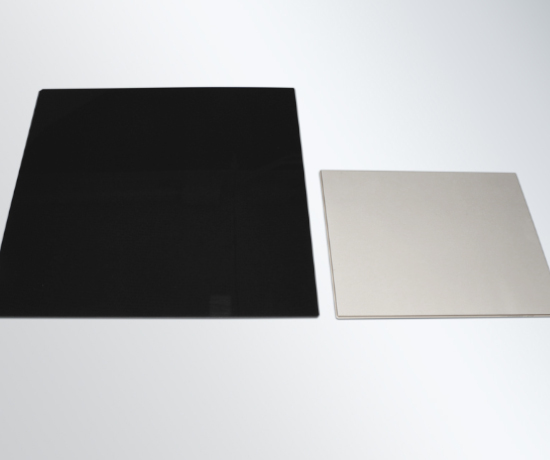
CHARACTERISTICS
In opto-electronic applications, coated faceplates are used as both input and output high resolution image transfer windows. In some applications, the x-ray absorption properties of the fiber optic plates protect the photodetectors from damage and prevent electronic noise affecting the images.
YOUR ADVANTAGES
- Variety of sizes up to 320 x 320 mm.
- Fiber size down to 2.5 µm in fiber diameter.
- Core/clad options to vary transmission and contrast.
- Hermetically tight.
- Radiation-hardened materials available.
Fiber Optic Image Inverter
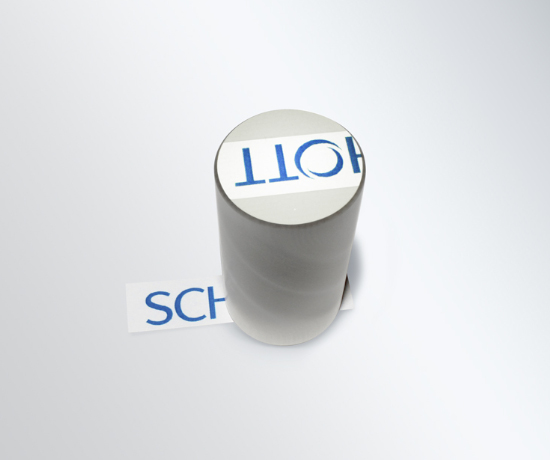
YOUR ADVANTAGES
- High resolution and high figure of merit by small fiber diameters down to 2.5 µm.
- Reliable and proven twisting process.
Fiber Optic Straight Thrus
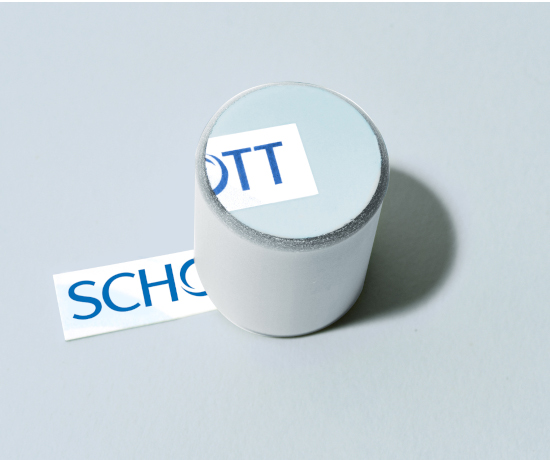
High resolution and high figure of merit from small fiber diameters down to 2.5 µm.
Fiber Optic Tapers
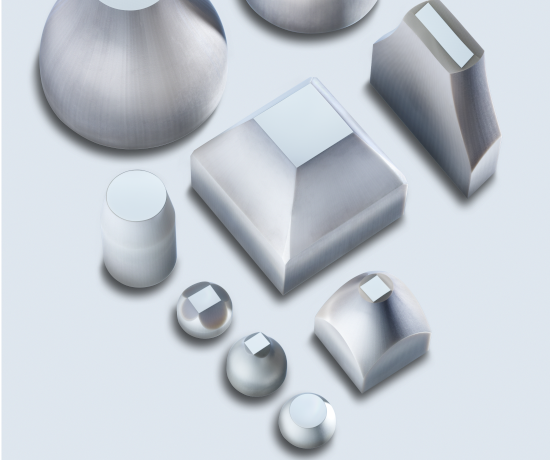
CHARACTERISTICS
We offer customizable layout and machining, and the potential for convex or concave output surfaces that can be coupled into custom lens assemblies. We can also offer specially ruggedized assemblies for demanding environments.
YOUR ADVANTAGES
- Compatible with optical coatings for AR (anti reflection), Hot Mirror and ITO (indium tin oxide).
- Low distortion and more compact than a lens
- Magnification up to three times.
Fiber Optic Image Conduits

- Customizable resolution by different fiber diameters down to 2,5 µm.
- The ability to combine several image conduits in a single assembly, offering multi-directional image transmission.
- Compatible with common optical coatings and sheatings.
- Able to maintain operational temperatures of up to 350°C.
- Application specific positioning thanks to 3D shaping.
- Connectable to industrial standard optical mounts (such as C-mount).
Bonded Fiber Optical Assemblies
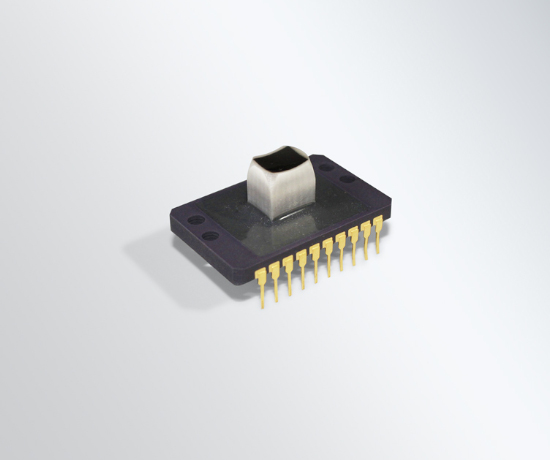
CHARACTERISTICS
Images are brought to the top surface through the zero-depth window characteristics, while glass materials provide inert and durable surface properties for compatibility with optical coatings and bonding materials.
YOUR ADVANTAGES
- Positioning in accordance with chip and fibers.
- Minimal light loss at coupling position.
- Coupling potential with various CCD, CMOS, OLED chips and other microdisplays.
